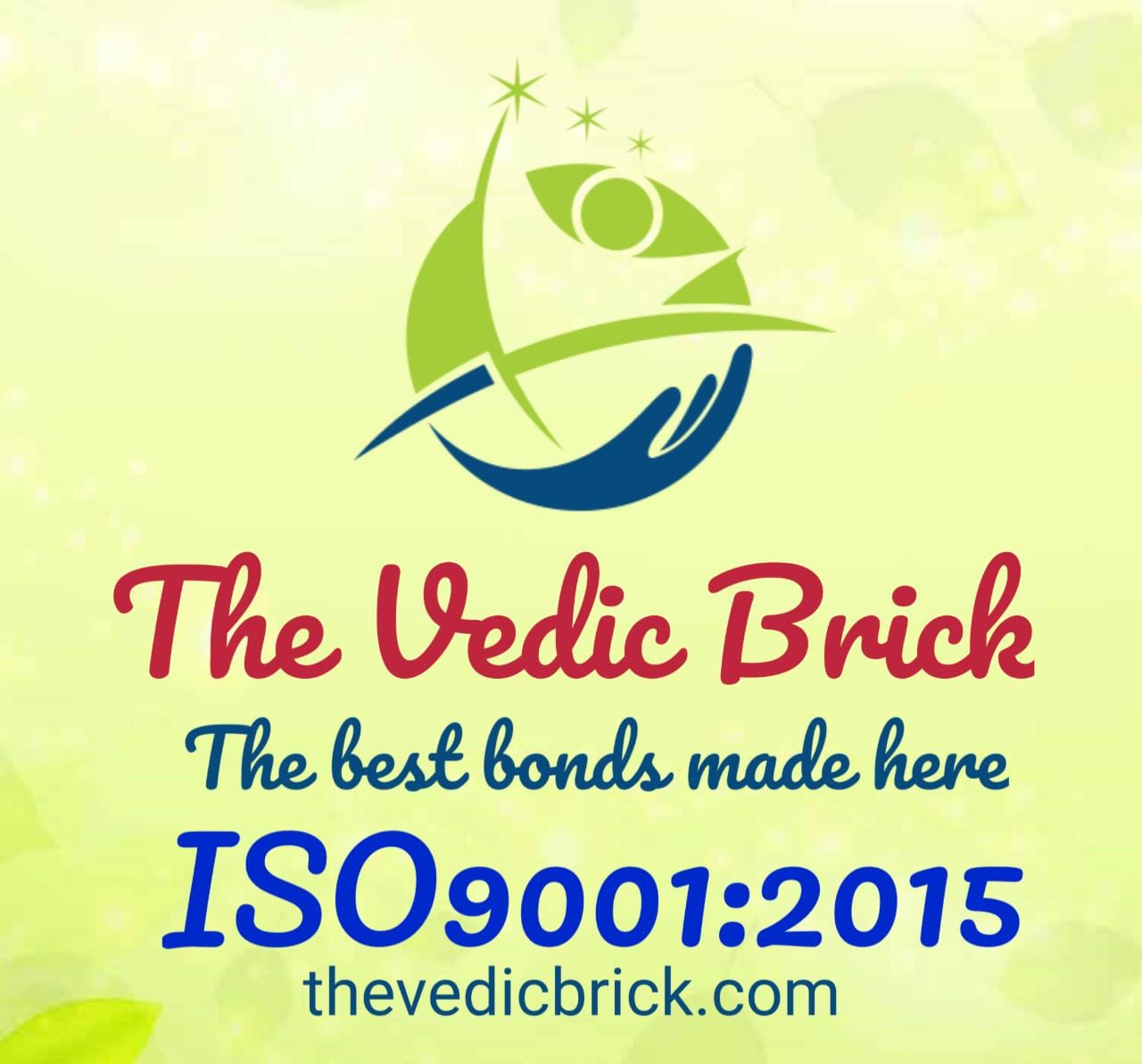Whether you sign on a touchscreen at the local bistro to purchase your early morning coffee or perhaps an online type to develop a work task, electronic unsecured personal technology is now commonplace. Businesses use it to improve efficiency and meet talk about, federal, industry-specific and international compliance requirements. Electronic signature technology can save time and reduce costs whilst adding trust to business functions.
Authenticated digital signatures (AES) are the most secure type of electronic signature, offering cryptographic proof that a report was fixed by the supposed entity and that the document was not modified. AES uses public and private keys for recognition, authentication and encryption. Searching for certificate is certainly attached to the e signature, providing a identifiable audit trail.
A a lot less secure approach to applying an e personal is a simple electronic signature (SES). It will require no name verification e-signature technology and shouldn’t use encryption or authentication. A SES is easy to falsify, making it susceptible to fraudulence, and only appropriate for low-risk trades.
When choosing an e unsecured personal solution, consider carefully your company’s legal and data security needs as well as the user experience. Select a product that works with with your existing workflows and integrates easily with your various other tools and services. As well, look for a merchandise that offers adaptable options to ensure a smooth putting your signature on process. Putting into action a new software program solution could have a learning curve for employees, and it is important that provider leaders take those reins to advocate and educate acquaintances on how come the technology is needed and how it will improve all their work experience.

